Training
and exercises
training and exercises.
Training and exercises are an essential part of preparedness. TRIOX uses our team’s extensive spill response experience to adapt training and exercises to your specific needs. Over the years, our team has developed and delivered training and exercises for governments and industries in numerous countries around the world.
Training and exercises are an essential part of preparedness. TRIOX uses our team’s extensive spill response experience to adapt training and exercises to your specific needs. Over the years, our team has developed and delivered training and exercises for governments and industries in numerous countries around the world.
Training
TRIOX can deliver a wide variety of training courses, including:
- Oil Spill Response (IMO Level 1-2-3) including specific tactical training for:
- Offshore and sheltered water containment and recovery
- Dispersant use
- In situ burning
- Aerial observations
- Ice and Fast water response
- Hazardous and Noxious Substances (HNS) spill response
- Shoreline response and Shoreline Clean-up Assessment Technique (SCAT)
- Oil Handling Facility (OHF) and Response Organization Oil Spill Response Training
- Incident management and Incident Command System (ICS)
Exercises
TRIOX can design, develop, and facilitate exercises according to your needs, such as tabletop, operational and full-scale exercises for a variety of environments, including land-based and offshore.
Implementing an exercise program will enable your team of responders to move from the theoretical to the practical. This ensures that all your response operations will be carried out efficiently, effectively and in compliance with regulatory requirements.
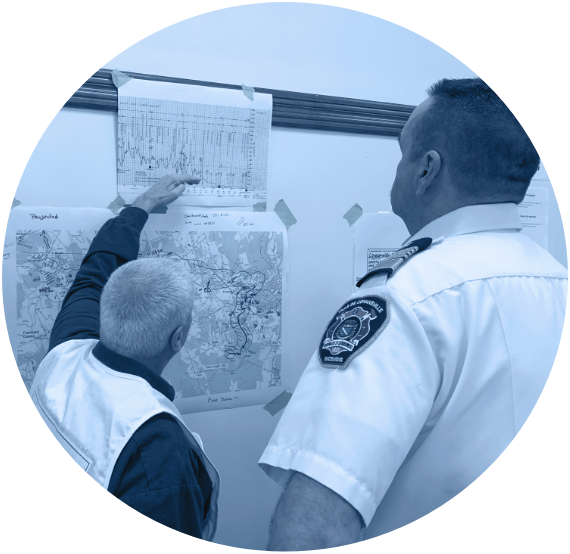
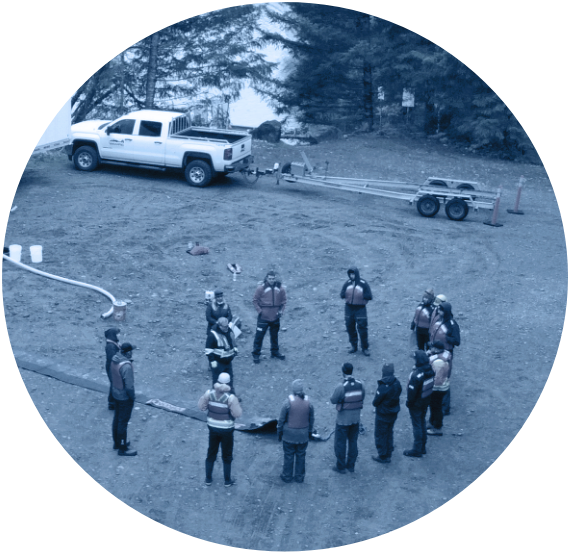
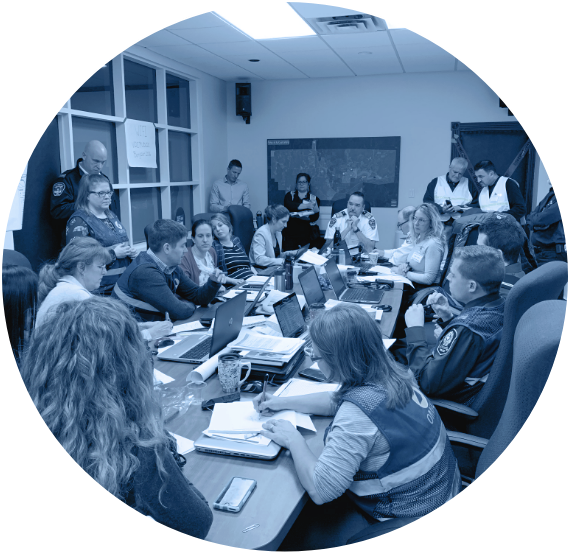
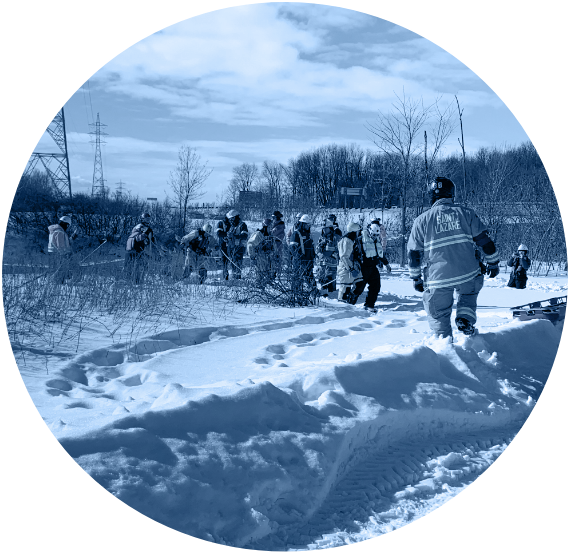
emergency preparedness.
Representative project
Large-scale exercise
for pipeline operators
TRIOX designed, planned, and delivered multiple large-scale exercises for pipeline operators in recent years. For these exercises, TRIOX was responsible for all aspects such as coordination of the planning group, logistical arrangements, design of exercise scenarios and injects, facilitation of the exercise, and after-action reporting.
These exercises mobilized company incident management teams, including field personnel for equipment deployment, municipal responders and crisis management teams, provincial incident management teams as well as First Nations community members in some cases. These exercises had between 100 and 200 participants, including players, exercise controllers and observers.

Discover some of our clients










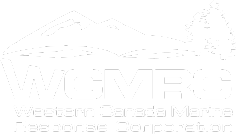
Together, we will address the challenges and ensure successful outcomes.